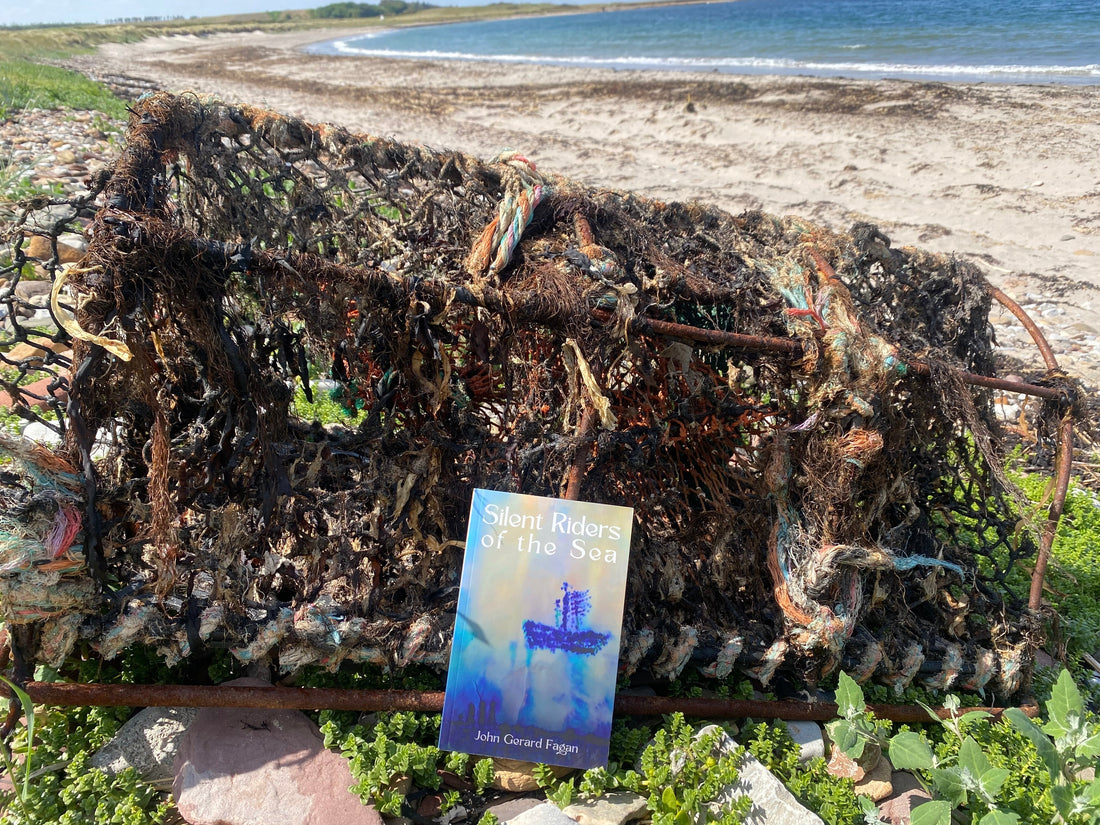
The Power of the Sea by John Gerard Fagan
Share
|
|
|
|
I lived by the Pacific Ocean for my first two and final three years in Japan, and I discovered it was a great place to write. The sheer power of the waves crashing into the tsunami walls stirred up a number of ideas and thousands of words. In Yaizu, a fishing town where I first lived, I sat in my car facing the dark water and wrote in all kinds of weather with a pen and old notebook. It was the best muse I’d ever had and likely to have. I could sit for hours listening to the waves.
When I moved back to Scotland, I decided I had to live near the sea. Having grown up in a mining town near Glasgow, far from the water, I settled on the east coast, right on the North Sea – a different beast from the Pacific but one just as ferocious and deadly. A colder water that leads directly to the frozen northern waters of the Arctic, it stirred up different kinds of stories, especially of those who braved those vast and fatal waters. This move wasn’t just for writing purposes; I grew used to having it close by and I feel settled beside it and couldn’t go back to living where I used to. In winter, parked in Whitesands beach, I stared into the water. The wind was spiralling the sand and not a soul was around. A lighthouse ominous in the backdrop. I wrote the first few chapters of Silent Riders of the Sea there and some of the first draft imagery stayed in the novel: “a half leaking sky was pregnant with storm” “the waves like the wings of dragons were beating overboard”
There’s something peaceful and captivating about being so close to the water, and I think it gets the best out of me. Maybe a part of that comes from our evolutionary ancestors living in the ocean and the makeup of those sea creatures still lingers inside of us. There’s a memorial sculpture in the coastal village of Cove, a ten-minute drive from where I live now. It’s at the top of the cliff and depicts the women and children who lost their husbands, fathers, and grandfathers to a storm there in 1881 and 189 fishermen sadly perished. When you look out to sea from that exact point it freezes you in time. There’s something terrifying about any deep water and ships are at its mercy every time they set sail. The fishing vessel in Silent Riders of the Sea, setting off in 1930, was ill-prepared for the elements, consumed with maximising the catch rather than the safety of the men aboard, who all realised this fact when it was too late to turn back home. Tragedies at sea are a tale too many have experienced in real life, as evident at Cove, and one for realism purposes Silent Riders of the Sea could not shy away from. I write this sitting on Whitesands beach once more facing the North Sea, with warm summer wind and gentle waves lapping the shore. The summer sea weather is just as good for imagery and inspiration, but at any time of year you can feel not too far north the Arctic breathing and the freezing conditions where many men sailed and never returned is never far away from Scotland. Some of my favourite books are set either at sea or on islands including Melville’s Moby Dick, Hemingway’s The Old Man and the Sea, and Yoshimura’s Shipwrecks, and like them both of my next two novels have a connection to the sea. I didn’t plan to do this but my characters, like myself, are drawn to it. It’s part of me and part of my writing and I don’t see that changing anytime soon. John Gerard Fagan, Author
|








